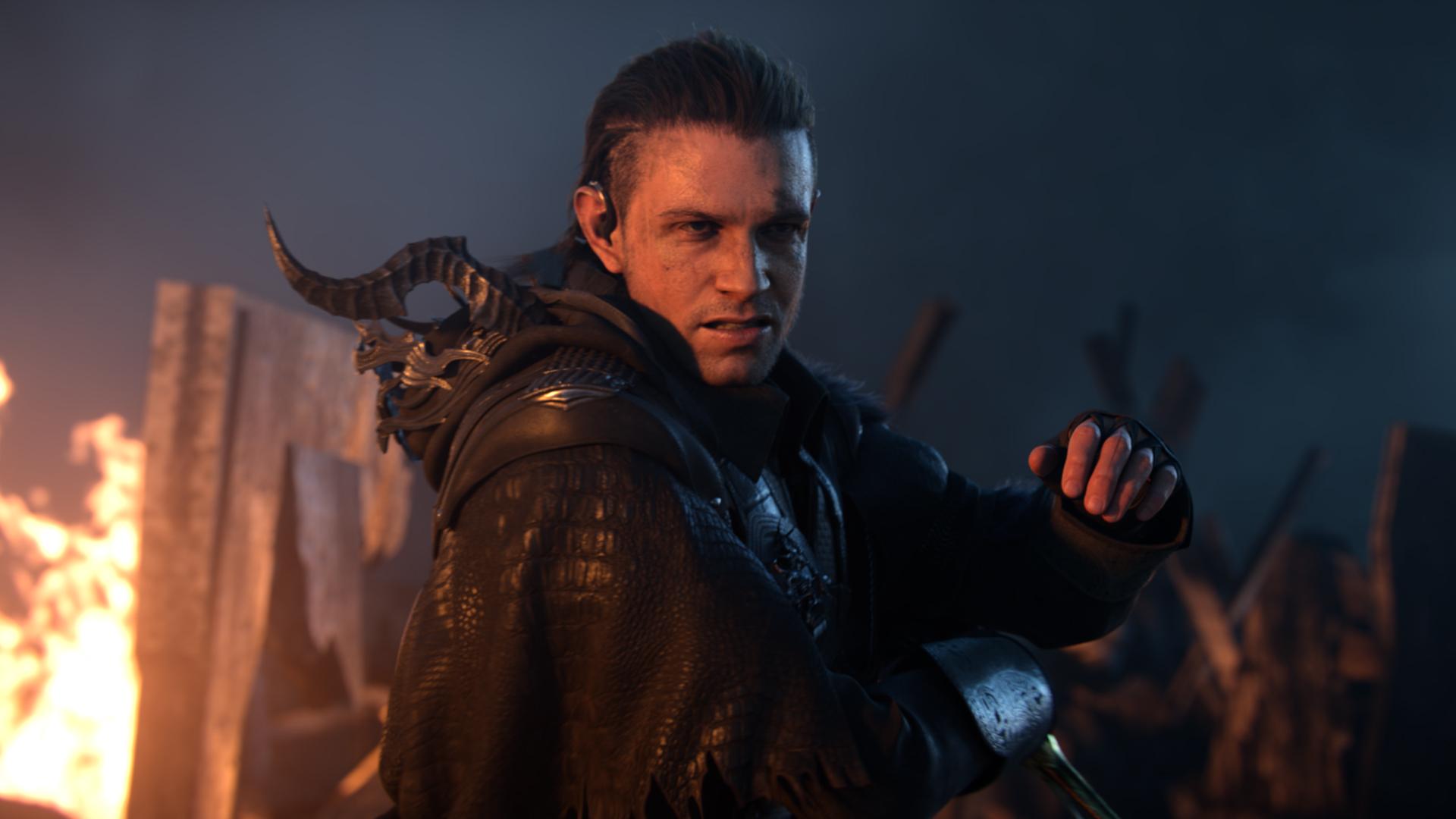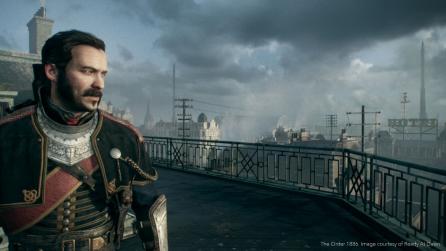SQUARE ENIX deliver KINGSGLAIVE FINAL FANTASY XV
Nuke helps bring the FFXV universe to the big screen
In the three decades since its first release as a game for the Nintendo Entertainment System in 1987, SQUARE ENIX’s FINAL FANTASY franchise has achieved commercial and critical success across multiple platforms, including consoles, PCs and mobile phones; explored several genres, including action and tactical role-playing games, MMORPGs, racing games and fighting games; and branched out into new media, including films, novels and manga.
The latest installment of the video game series, FINAL FANTASY XV, was released in Japan on November 29, 2016 to eagerly awaiting fans, but the team responsible, Business Division 2, had already released a prologue in July in the form of a computer animated film: KINGSGLAIVE FINAL FANTASY XV. The game and film share common characters and exist in the same world, with the film providing a backstory about the bond between the main character, Noctis and his father, Regis.

©SQUARE ENIX CO., LTD. All rights reserved.
The production of the film took several years, employing a team of dozens of artists, including external developers. We spoke with members of the team to understand the challenges they faced during the production, and how they went about solving them to create an action-packed, highly realistic cinematic experience, balanced between fantasy and reality, which would give pleasure to both existing fans of the franchise and to those entering the FINAL FANTASY for the first time.
As cinematic sequence director, Toshiaki Matsumura was responsible for ensuring final image quality. He’s worked on several of the previous FINAL FANTASY releases in various roles, including modeler and movie director.
Toshiaki started using Nuke four years ago, transitioning from Shake. Since both employed a node-based workflow, he found the learning curve fairly easy. Today, he feels Nuke was essential to the success of the movie, speeding up production and helping teamwork.
Toshiaki’s focus was on matching real-world lighting, and on how to control lighting by compositing to save costs. “I adjusted the color intensity of each light source using Nuke to reduce lighting rendering cost. And also, the light source could be shared across sequences by setting the exposure of each light source” he explained. This was accomplished by giving integrity to a linear workflow, but there were also some problems. For example, it could take a long time for rendering to prevent losing realism when controlling exposure in Nuke since renders cannot be clamped. The team chose to compromise with shorter render times that resulted in some noise; fortunately, Nuke’s Denoise function was able to take care of that after the fact, allowing them to keep to their schedule.

©SQUARE ENIX CO., LTD. All rights reserved.
Christophe Rodo was one of the team’s cinematic effects supervisors, responsible for special effects, look development and final shot setup. He feels that the film was successful both in bringing new viewers into the FINAL FANTASY while telling another story, and in taking environments and characters to another level. The mixture of European and Japanese culture in the film is particularly appropriate to Chris, reflecting his own relationship with his Japanese wife, and he enjoyed the film’s original use of beautiful CGI architecture, something that’s rarely seen.
Chris started using Nuke eight years ago, in an effort to make his pipeline faster. “We were interested in Nuke because it was so much easier to make new tools to bring in the assets,” he explains. “I started by adding some scripts and, little by little, it became absolutely inevitable, necessary. In this movie, we had a lot of shots to make in a pretty short amount of time, and having Nuke to help us [...] make one shot, use it for another shot, simply modifying it to match the sequence, was absolutely helpful.”
Chris also really likes Nuke’s 3D tools, which he felt helped save time and let them respect the schedule. For example, in a case where he didn’t have all of the live action needed, he made cards from multiple cameras and used the depth information in the scene to integrate all of the effects in Nuke. “It’s challenging, because there are some things you’d always like to have in 3D, but to hit the schedule, we had to do in comp, and Nuke let us do that,” he says.
Taking his family to see the movie, Chris was gratified to see the reactions of the audience, who were amazed by the realism of the characters and the beauty of the environments, and impressed by the action scenes.
Isamu Watamori was responsible for supervising the compositing and post-processing, and for ensuring the film’s final quality. Using his experience of working on pre-rendered cinematics for games for some time, he selected the skills and knowledge for the team and combined them in the feature film KINGSGLAIVE.

©SQUARE ENIX CO., LTD. All rights reserved.
For Isamu, one of the most important aspects of movie production is sharing and communicating the correct data across the entire team. As a compositor who is waiting until the last phase of production, he felt it was something he could do to remove the stress from the other artists and designers, and to ensure that everything went smoothly. He feels that Nuke played an essential part in that. In fact, it’s the reason he chose Nuke as a primary compositing tool for this project, citing the simple, node-based structure as the key.
This simple structure also plays a part in making Nuke work well with Maya and other 3D applications; since shaders and lights are easily transferrable and use the same 3D calculations, he could use Nuke to easily identify shading errors early on, and have the asset team make the corrections before the mass production phase. He designed processes after compositing for artists who didn’t have the special skills to deliver the quality required, and even gave the final finish to KINGSGLAIVE himself.
So how did he feel when he saw his name in the credits after watching the film? “Sometimes dreams fail along the way,” he laughs. “I hoped this was not a dream!”


